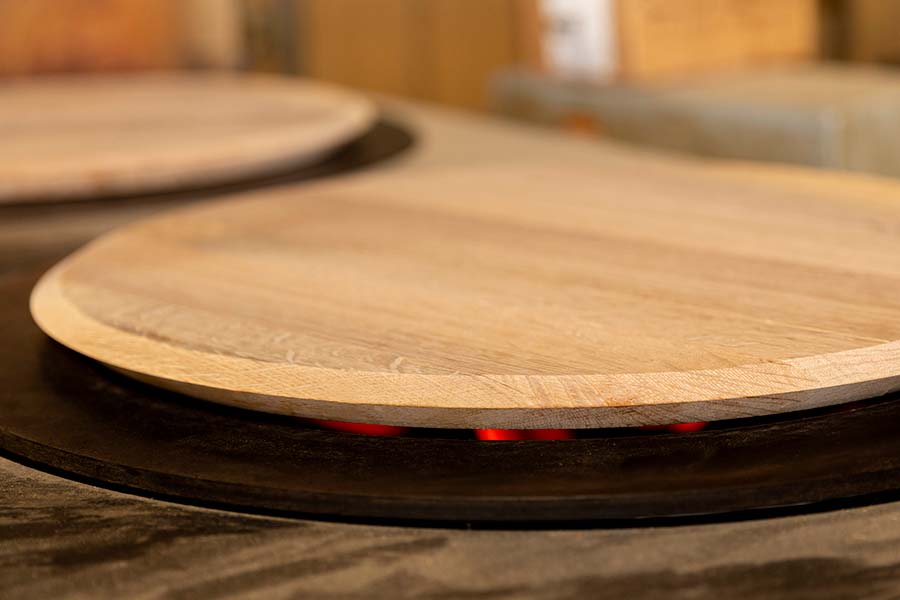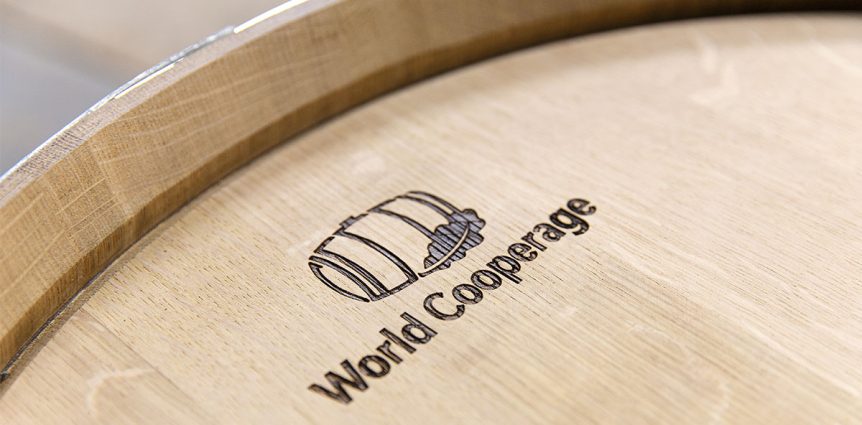Barrel Customization: Do you toast your heads?
To toast or not to toast, that is the question.
No, we aren’t talking barrels in general (those always taste better toasted, trust us), but we are talking barrel heads! There are a lot of ways to customize wine barrels to your exact preference: toast type, toast level, oak species, oak seasoning, and today’s topic – head toasting. Let’s explore the history and chemistry of barrel head toasting.
Traditionally, in the times of ships and casks, wine barrel heads were left untoasted. Why? Well, logistically it is extremely difficult to evenly toast a flat piece of wood. French and Eastern European oak were the primary wood species used in premium wine production for a long time and they tasted quite nicely with untoasted heads. No need to change what isn’t broken, right?
As winemaking and coopering techniques evolved, toasting the heads became an exploratory question worth pursuing. The question was how to toast a flat piece of wood, and do it well, time and time again. After trialing several different methods, we ultimately decided that infrared emitters work best for our barrels. They create a toast that results in even and consistent flavors, and this is how we toast all our wine barrel heads today.

Barrel head toasting on an infrared emitter at Missouri Cooperage
What exactly happens if you toast barrel heads? Well, that gives another level of delicious customization for the winemaker to employ in their cellars based on a multitude of factors: varietal, aging time, structure of the fruit that vintage, personal preference. You might recall from our previous post on oak chemistry that oak tannins degrade when heated. Heads make up about 25% of the surface area of the barrel, so toasting the heads can give additional oak flavors and aromatics, as well as a softer mouthfeel. On the other hand, leaving the heads untoasted can usually add a nice pop of the fruit liveliness and add a little more structure to the wine. This works for all oak types and can be a nice way to play with various customizations in your cellar.
The choice of untoasted heads is many times requested for barrels destined for premium quality Bordeaux varietals that will be barrel aged for an extended period. The intact tannin (from being untoasted and thus, not degraded) has enough time to integrate with the grape tannin and create something magical.
Burgundian-style barrels are typically toasted for a longer period than Bordeaux-style barrels, and as a result, are typically lower-tannin barrels with softer mouthfeel. This works perfectly for more delicate Burgundian varietals that can easily be dominated by too much oak. This longer toasting can sometimes result in a softer structure or lack lift. As a result, most producers of Pinot Noir routinely request untoasted heads as a means of delivering the desired structure and structure that accentuates Pinot Noir.
We checked in with a few of the cellars of our World Cooperage partners to see how they felt about the question: to toast or not to toast. Let’s see what they had to say:
“If it’s American oak we always use toasted heads as the flavor is more subtle... For French oak it’s more about impact and style, (so) untoasted is generally more refined and can add some structure, whereas toasted is more flashy and impactful and you need to have a wine that can stand up to it.”
“Really just matching the style of the wine. More elegant and soft wines tend to do better with untoasted heads. Big, bold wines seem to benefit from the heads being toasted.”
“It also depends on what variety you are working with. Some varieties can handle toasted wood better than others. Different grapes have different abilities to absorb untoasted oak characters just as they have different abilities to handle more toasted barrels…it is important to run trials.”
Share this Post

